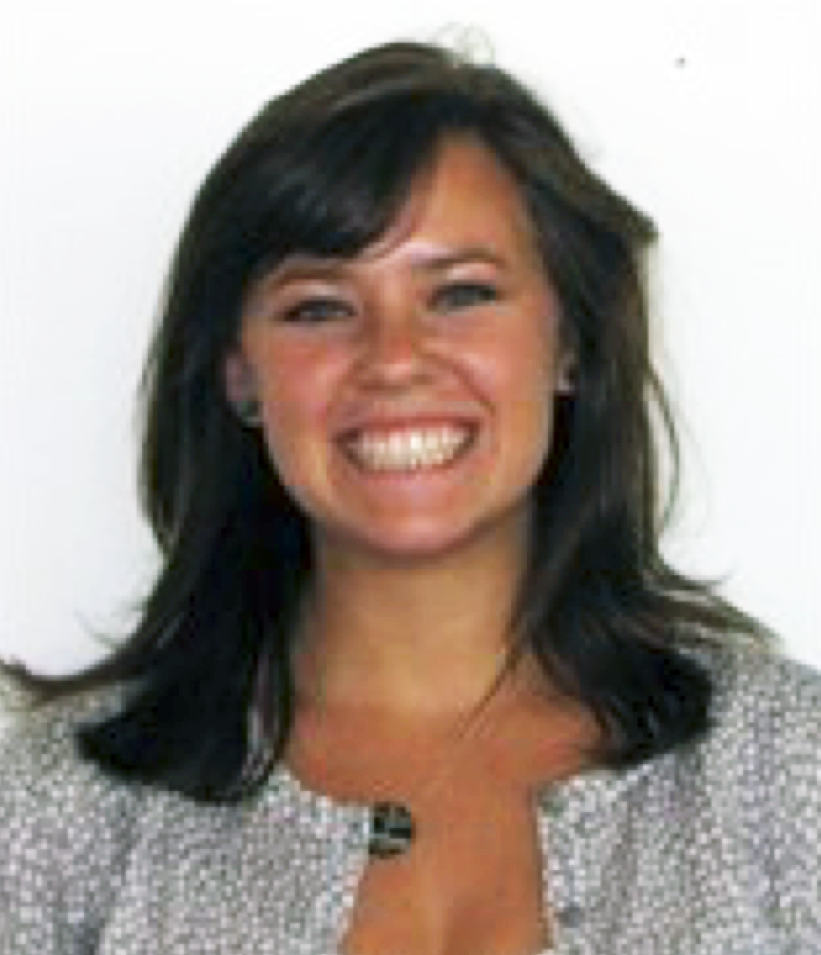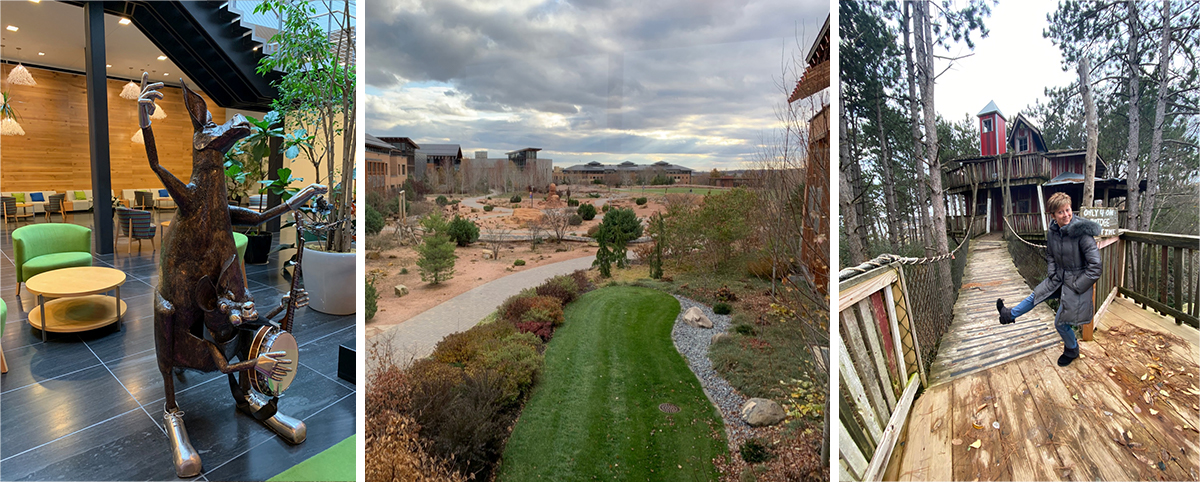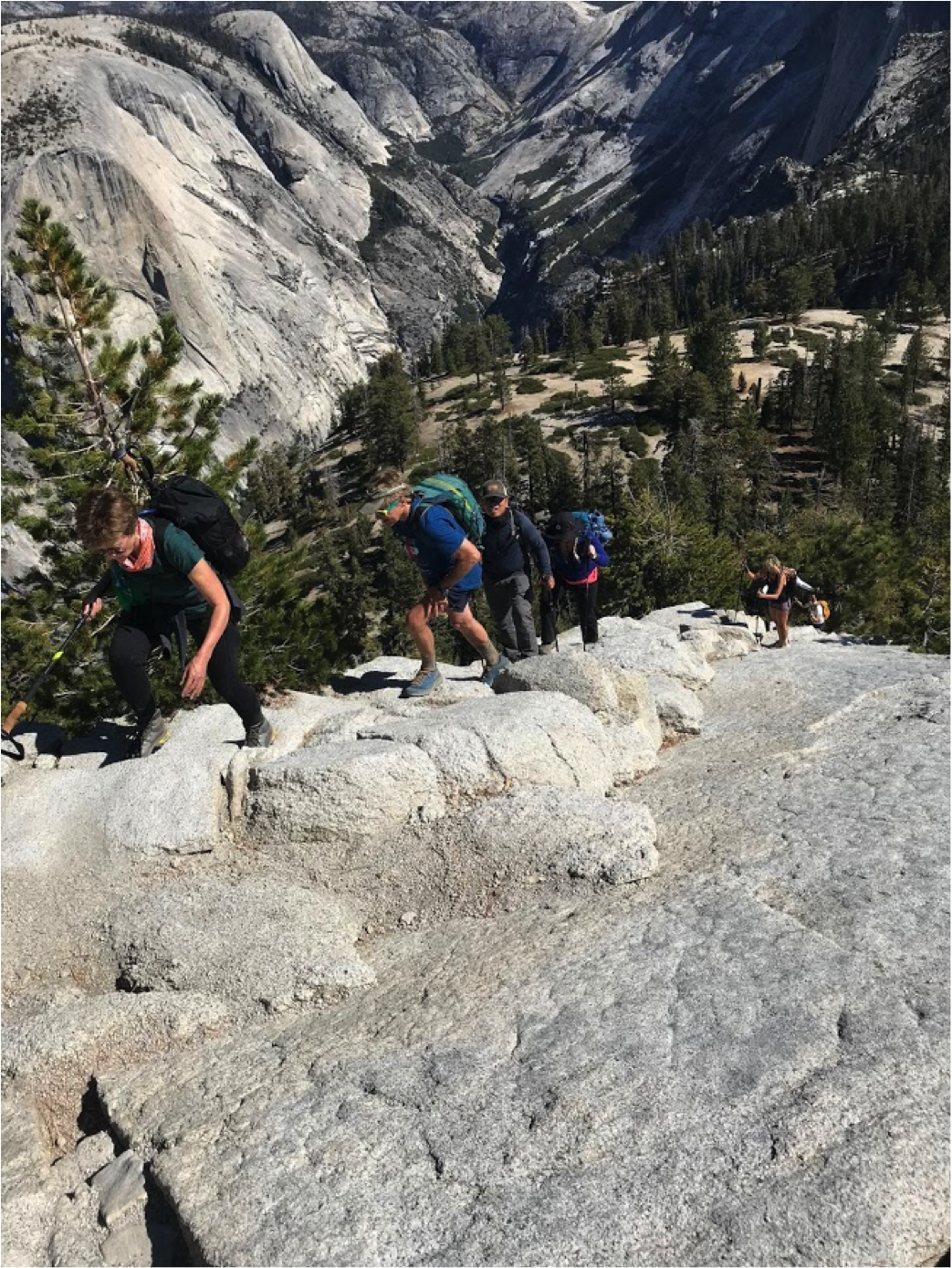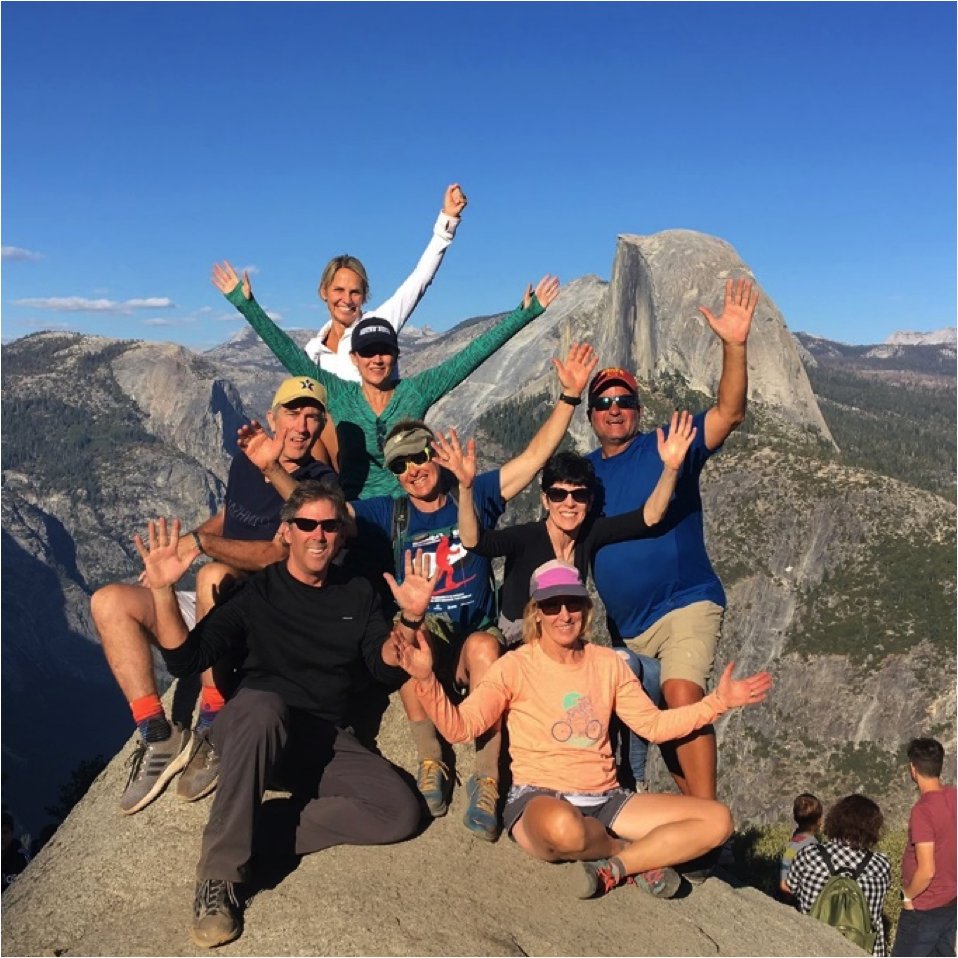As part of SageRiver’s study of how wonder can inspire strategy, we sat down with photographer Tom Riggs. He has built his career around exploring landscapes with wonder to find the story, emotion and meaning in the world around him. His insights can help leaders understand how to open their eyes more fully to see possibilities that would otherwise stay hidden.

Trillium Lake. Published by permission of Tom Riggs Photography.
SageRiver (SR): You’re known for your astounding landscape photography, and it’s often difficult to get to the locations you photograph. Why do you do it? Are these images for you? Or, are you taking them as a gift to others, in the hope the pictures will resonate with them?
Tom Riggs (TR): I take the photographs for myself and process them how I remember the scene. And if that resonates or strikes a chord or an emotion or a memory in someone else, then that’s just the joy of connecting with your audience through your work.
SR: How do you decide what you’re going to photograph?
TR: If I’m out in nature, I’ll have something already in mind that I want to use as my main subject. That will anchor the picture and be what draws you or me to that specific scene. As I look at that, I try to satisfy my need for why I was there in the first place. I make sure I satisfy that curiosity first, and then I’ll look for other things that you can’t see. I’ll look around and explore other angles or a different subject matter or perspective. I may get down on the ground or get an overhead view to capture an idea I was wondering about while I was traveling to that location.
SR: When you look at a scene, how do you compose the photos you take?
TR: Usually, when I come upon a scene, I’m immediately looking for some sort of composition. I don’t know if that’s something inherent or something that is trained, but it seems to come relatively easy to me. I just notice how the eye reaches and flows and focuses around a certain landscape item. I notice the scene itself, as well as how my eye responds to it.
SR: I’ve heard you speak about drawing attention to or eliminating information from the picture. Those feel like strategic choices, and I’m wondering if you can describe the process.

Sol Duc Forest, Olympic National Park. Published by permission.
TR: If I have a subject or an anchor for the photo, I want to decide where to put it in the picture. And it’s usually not smack dab in the middle. It’s usually best to begin with some of the general rules of photography, such as the rule of thirds. That means dividing your frame into horizontal and vertical thirds to create four points where those lines intersect. Typically, it’s a good idea to put your main subject in one of those four intersections. It doesn’t mean you’re locked into that. It just means that’s a good place to start.
Then, I consider how my eye moves around that frame. Do I need to crop out details that pull the eye away from my anchor? Or if I’m walking on a trail, for example, and it leads up to a mountain peak, my eye will naturally follow the trail. If I’m aware of that and use that detail in my composition, it will help give the photograph some depth that leads the viewer into the picture toward my main subject.
SR: Are you conscious about evoking emotion in your composition process?
TR: I think that’s the deepest part of a photograph for me. And the emotion might come from the entire experience I’ve had in capturing the photo. That might mean how I got to that location. It might mean that I waited out a storm for the clouds to clear, and then, miraculously, a beautiful scene reveals itself. Emotion to me is the very essence of a photograph.
SR: Can you tell me about an experience you’ve had like that?
TR: There was a time in Oregon when I wanted to photograph a remote mountain lake at sunrise (see the picture of Trillium Lake, pictured at top). So, I drove there and tried to sleep in my car overnight. I was rewarded with one of the most incredible sunrises—a crystal clear lake with a mirror image of the mountain in the background. It was pitch dark when I got there. I had no idea what the morning would bring. But I made the effort, and it was incredible.
There was only one other photographer there, and we just looked at each other with wonder. It was almost as if we were saying to each other, “I can’t believe we’re visualizing this incredible sunrise and nobody else is around.” The emotion comes out of the whole process. It doesn’t always work out the way I hope, but I have to be open to the possibility. The voice in my head always tells me, “Well, if you don’t go, you’ll probably miss the best sunrise that’s ever been made.”
SR: So, the lesson is to embrace all aspects of the experience as part of the wonder that you’re creating in your life through photography.
TR: Yes. I’d also say that you join a community through those experiences. Most photographers are happy to help with instructions and tidbits about what they’ve learned. Rarely do you find someone who is not forthcoming with helpful information.
SR: And the experience doesn’t stop after you snapped the picture, does it? You also have the opportunity to edit the photo to bring out the wonder of what you saw when you were in nature.
TR: Yes, and the individual expression you can bring to it. It’s interesting that you can have two people who are side by side taking the same photograph, but they will come up with completely different final images. That’s what makes it so exciting.


 The year was 1979. In a basement in Madison, Wisconsin, an unknown software engineer named Judith Faulkner decided to launch a business. She had a novel idea, but the road ahead was uncertain. Her goal was to develop software that would enable healthcare providers to improve patient care.
The year was 1979. In a basement in Madison, Wisconsin, an unknown software engineer named Judith Faulkner decided to launch a business. She had a novel idea, but the road ahead was uncertain. Her goal was to develop software that would enable healthcare providers to improve patient care.

 The sheer face of Half Dome loomed over us. We’d arrived at Yosemite Park just a few weeks after a woman fell to her death summiting the peak. Already wary of heights, I wasn’t sure I should attempt the entire climb, but I decided I would go as far as I could, understanding my own limitations.
The sheer face of Half Dome loomed over us. We’d arrived at Yosemite Park just a few weeks after a woman fell to her death summiting the peak. Already wary of heights, I wasn’t sure I should attempt the entire climb, but I decided I would go as far as I could, understanding my own limitations. We’d been planning the trip for almost a year, and I’d been inspired by photos taken from Half Dome’s summit. I’d also read about the final 500-foot ascent, which requires climbers to cling to steel cables as they scale the face. Almost 300 people have been injured on Half Dome in the past 15 years, and the National Park Service warns that only experienced hikers should climb it.
We’d been planning the trip for almost a year, and I’d been inspired by photos taken from Half Dome’s summit. I’d also read about the final 500-foot ascent, which requires climbers to cling to steel cables as they scale the face. Almost 300 people have been injured on Half Dome in the past 15 years, and the National Park Service warns that only experienced hikers should climb it. So often, we think of adventures as risky leaps into the unknown. What my trip reminded me was that adventures come in all shapes and sizes, and we can scale them to our needs, resources, skills and conditions. In the end, adventures require equal parts head and heart—what I call “smart courage”—to challenge us without harming us.
So often, we think of adventures as risky leaps into the unknown. What my trip reminded me was that adventures come in all shapes and sizes, and we can scale them to our needs, resources, skills and conditions. In the end, adventures require equal parts head and heart—what I call “smart courage”—to challenge us without harming us. At DaVita, Modupe’s story has special resonance because it speaks to the core purpose of the company, which is to nurture the well-being of the community. This belief is so central that employees, who call themselves “teammates,” refer to their company as a village.
At DaVita, Modupe’s story has special resonance because it speaks to the core purpose of the company, which is to nurture the well-being of the community. This belief is so central that employees, who call themselves “teammates,” refer to their company as a village.

 Deposits in the Village Bank
Deposits in the Village Bank I approach each new consulting engagement with the eye of an anthropologist. I’m listening for business needs, but I’m also looking for signs about the beliefs, values, norms and traditions of the company. I want to understand the company culture, so I can engage and contribute effectively.
I approach each new consulting engagement with the eye of an anthropologist. I’m listening for business needs, but I’m also looking for signs about the beliefs, values, norms and traditions of the company. I want to understand the company culture, so I can engage and contribute effectively.